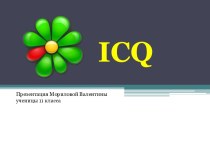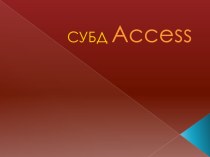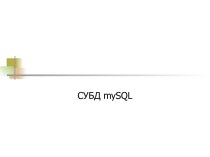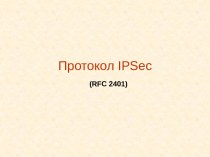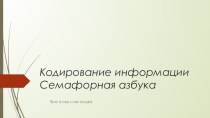Слайд 2
What is OS?
Operating System is a software, which
makes a computer to actually work.
It is the software
the enables all the programs we use.
The OS organizes and controls the hardware.
OS acts as an interface between the application programs and the machine hardware.
Examples: Windows, Linux, Unix and Mac OS, etc.,
Слайд 3
What OS does?
An operating system performs
basic tasks such as,
controlling and allocating memory,
prioritizing
system requests,
controlling input and output devices,
facilitating networking and
managing file systems.
Слайд 4
Structure of Operating System:
Application Programs
System Programs
Software (Operating System)
HARDWARE
Слайд 5
Structure of Operating System
The structure of OS
consists of 4 layers:
Hardware
Hardware consists of
CPU, Main memory, I/O Devices, etc,
Software (Operating System)
Software includes process management routines, memory management routines, I/O control routines, file management routines.
Слайд 6
Structure of Operating System
System programs
This layer
consists of compilers, Assemblers, linker etc.
Application programs
This
is dependent on users need. Ex. Railway reservation system, Bank database management etc.,
Слайд 7
Evolution of OS:
The evolution of operating systems went
through seven major phases.
Six of them significantly changed
the ways in which users accessed computers through the open shop, batch processing, multiprogramming, timesharing, personal computing, and distributed systems.
In the seventh phase the foundations of concurrent programming were developed and demonstrated in model operating systems.
Слайд 10
Batch Processing:
In Batch processing same type of jobs
batch (BATCH- a set of jobs with similar needs)
together and execute at a time.
The OS was simple, its major task was to transfer control from one job to the next.
The job was submitted to the computer operator in form of punch cards. At some later time the output appeared.
The OS was always resident in memory. (Ref. Fig. next slide)
Common Input devices were card readers and tape drives.
Слайд 11
Batch Processing :
Common output devices were line printers,
tape drives, and card punches.
Users did not interact directly
with the computer systems, but he prepared a job (comprising of the program, the data, & some control information).
OS
User program area
Слайд 12
Multiprogramming:
Multiprogramming is a technique to execute number of
programs simultaneously by a single processor.
In Multiprogramming, number of
processes reside in main memory at a time.
The OS picks and begins to executes one of the jobs in the main memory.
If any I/O wait happened in a process, then CPU switches from that job to another job.
Hence CPU in not idle at any time.
Слайд 13
Multiprogramming :
Figure dipicts the layout of multiprogramming
system.
The main memory consists of 5 jobs at
a time, the CPU executes one by one.
Advantages:
Efficient memory utilization
Throughput increases
CPU is never idle, so performance increases.
Слайд 14
Time Sharing Systems:
Time sharing, or multitasking, is a
logical extension of multiprogramming.
Multiple jobs are executed by switching
the CPU between them.
In this, the CPU time is shared by different processes, so it is called as “Time sharing Systems”.
Time slice is defined by the OS, for sharing CPU time between processes.
Examples: Multics, Unix, etc.,
Слайд 15
Operating Systems functions:
The main functions of operating systems
are:
Program creation
Program execution
Input/Output operations
Error detection
Resource allocation
Accounting
protection
Слайд 16
Types of OS:
Operating System can also be classified
as,-
Single User Systems
Multi User Systems
Слайд 17
Single User Systems:
Provides a platform for only
one user at a time.
They are popularly associated
with Desk Top operating system which run on standalone systems where no user accounts are required.
Example: DOS



















